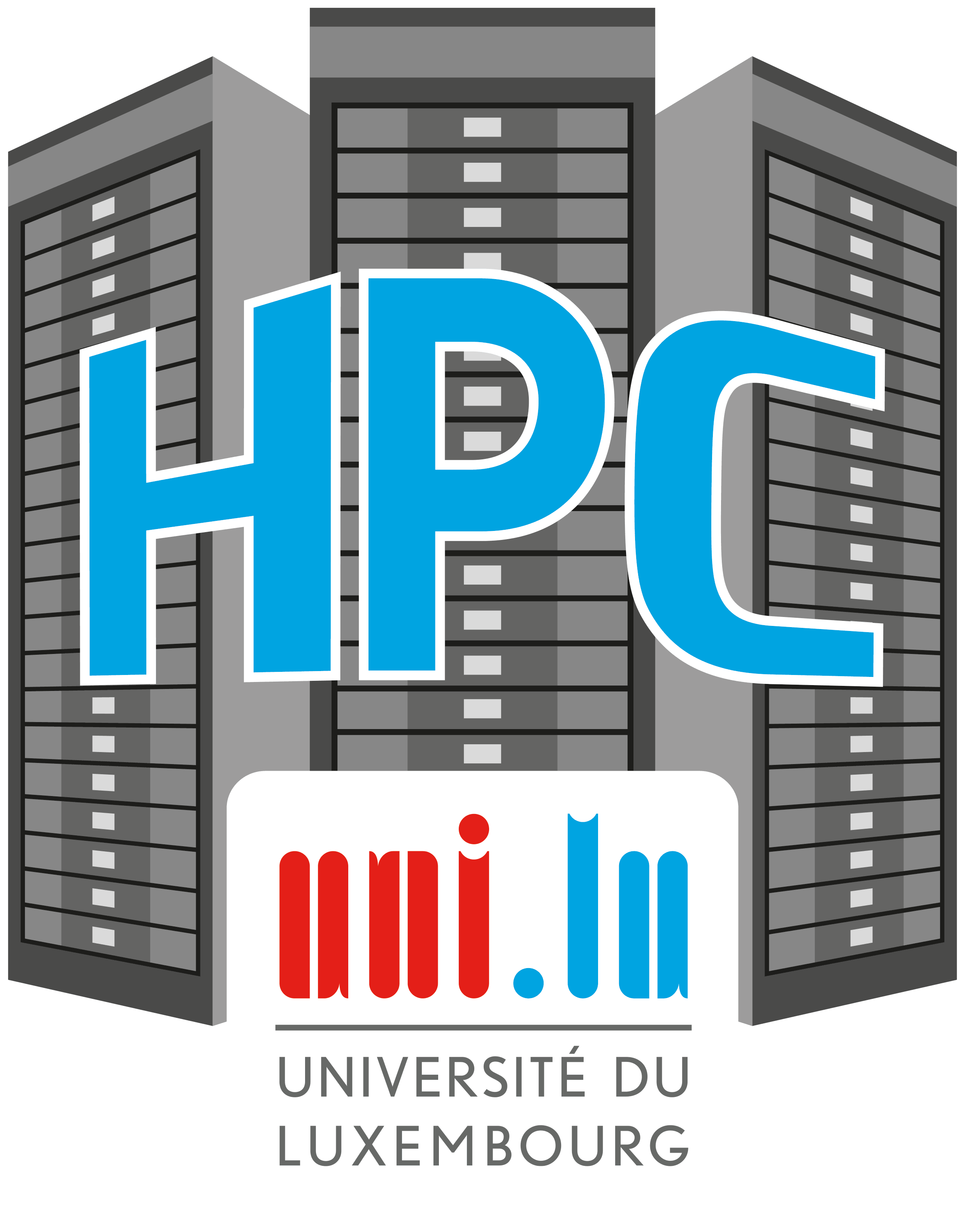Taking multi-physics simulations to the next level of efficiency using powerful computing technology
Challenge: When studying industrial processes like biomass combustion, particle sedimentation, iron production, or additive manufacturing, engineers often face computationally demanding multi-physics problems. These simulations involve discrete particles interacting with fluid phases and require significant computing resources. The time it takes to run these simulations is a major obstacle in applying this numerical approach to complex real-world scenarios.
Solution: Engineers have developed a co-located approach that allows for large-scale volume-coupled simulations. To illustrate its effectiveness, let's consider a scenario of a dam break with particles, where a column of water carries light and heavy particles falling in a closed box. In this case, we used 2.35 million particles and 10 million computational fluid dynamics (CFD) cells to evaluate performance. Engineers conducted scalability tests ranging from 4 nodes (112 cores) to 78 nodes (2184 cores) and achieved an efficiency of 73% compared to running the simulation on a single node. This means that the new approach significantly reduces the execution time, making it more applicable to complex scenarios.
Find further information about this example and other similar applications
Source: ULHPC Demonstrators
.png?lang=en-US&ext=.png)

